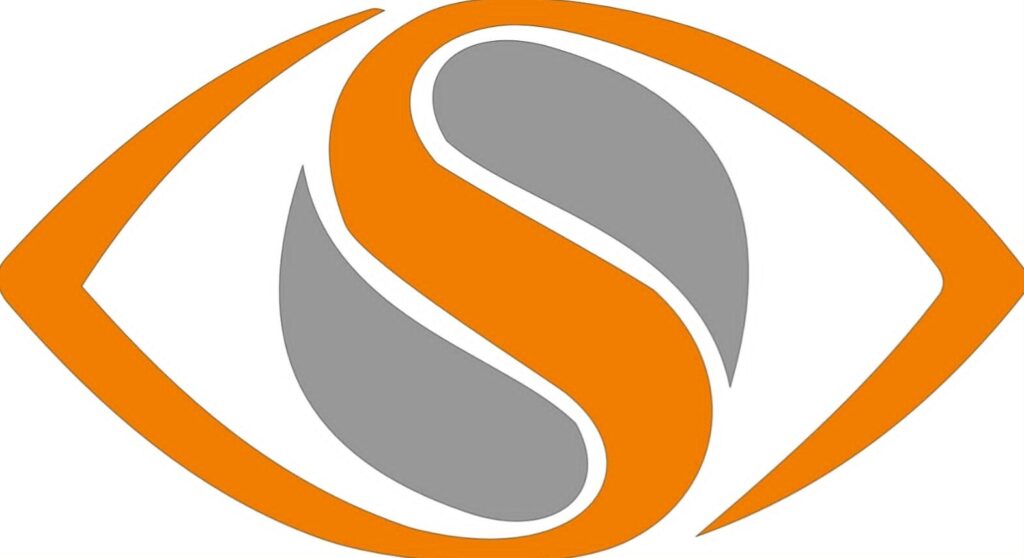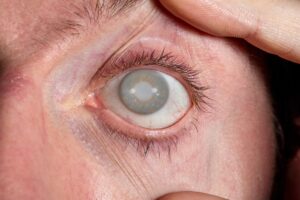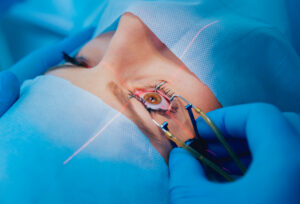What Are Refractive Errors?
Refractive errors are common vision problems. They happen when the eye cannot focus light correctly. As a result, images may look blurry or unclear. Many people experience refractive errors at some point in their lives. In fact, the World Health Organization (WHO) states that refractive errors are a leading cause of vision problems worldwide. Early detection and treatment can help you see clearly and protect your eye health.
Common Types of Refractive Errors
There are several types of refractive errors. Each type affects vision in a different way. Knowing the types can help you understand your symptoms better. The main types include:
Causes and Risk Factors
Refractive errors can develop for many reasons. Some causes are beyond your control, while others may be linked to lifestyle. Here are some common causes and risk factors:
However, not everyone with these risk factors will develop refractive errors. Regular eye exams can help catch problems early.
Signs and Symptoms
Recognizing refractive errors symptoms is important for early treatment. While symptoms can vary, common signs include:
Sometimes, children may not notice vision problems. Therefore, regular eye checks are important for kids too.
How Refractive Errors Are Diagnosed
Eye specialists use simple tests to diagnose refractive errors. Usually, a complete eye exam is needed. During the exam, your doctor may:
With these tests, your doctor can find the type and degree of refractive error. Early diagnosis helps prevent further vision problems.
Treatment Options for Refractive Errors
There are several refractive errors treatment options. Your doctor will suggest the best one for you. Common treatments include:
Each option has pros and cons. For example, glasses are easy to use, while surgery may offer a long-term solution. However, not everyone is a good candidate for surgery. Your eye specialist will help you decide.
Tips for Eye Health and Prevention
While some refractive errors cannot be prevented, you can still protect your eyes. Here are some helpful tips on how to prevent refractive errors and keep your eyes healthy:
Additionally, encourage children to play outdoors. Studies suggest outdoor time may lower the risk of myopia in kids.
When to See an Eye Specialist
It is important to see an eye specialist if you notice any changes in your vision. You should also schedule an eye exam if you:
Early care can prevent further vision loss and improve your quality of life.
For personalized advice on refractive errors and eye health, consult an eye specialist. Regular check-ups can help you see your best every day.







